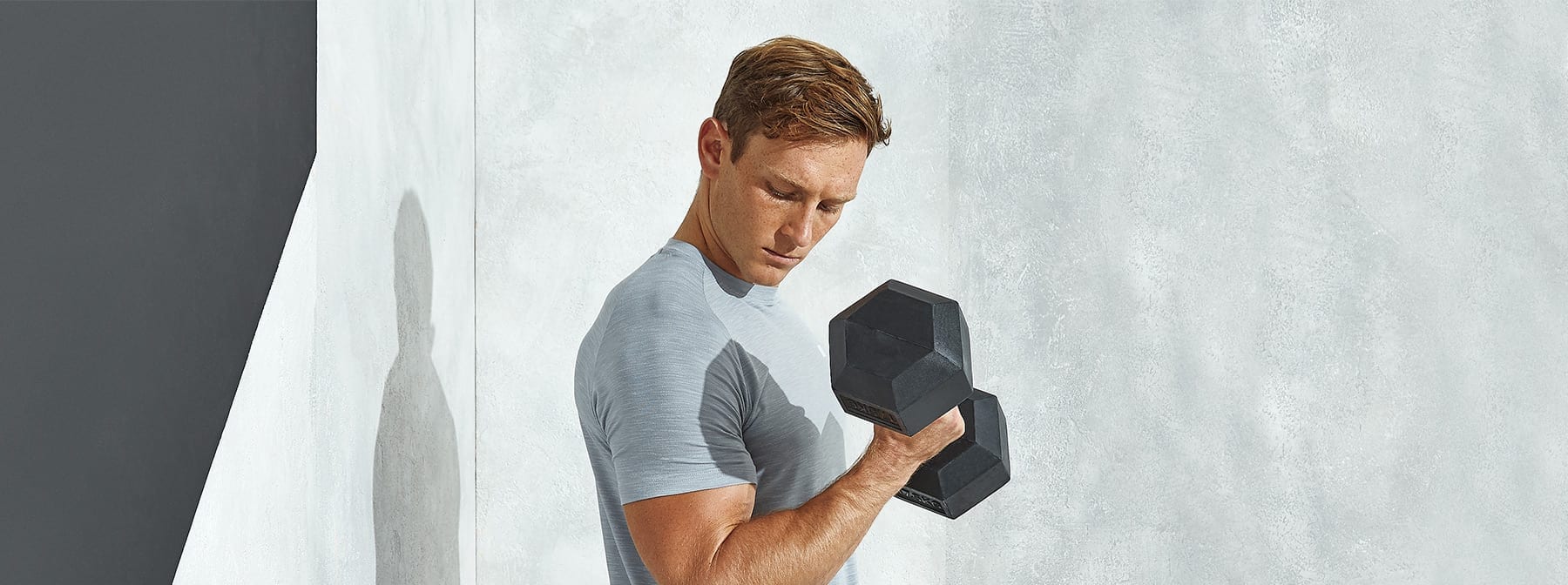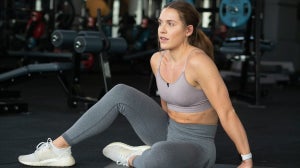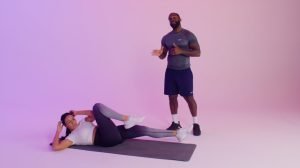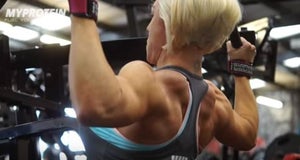
Written by Jack Boardman
Mass Shoulder Workouts
If you’ve looked up mass shoulder workouts, chances are you’re either a beginner looking to make gains, or you’re an advanced weightlifter looking for a few pointers to achieve volume. Bigger shoulders mean working the deltoids, or delts; these are the three major muscles of your shoulders- the anterior (front), medial and posterior (rear) deltoids. Skipping work on one or another will have obvious aesthetic effects, but also an affect on your strength.
How so? Well, your shoulders are one of the most overworked muscle groups without you perhaps realising it. The delts are worked out with most other exercises. For example, the anterior deltoid gets trained during favourites such as chest day, meaning they’ll likely have the edge over your other two delts. Even your compound lifts on leg day work the delts when deadlifting. Then again, even when weights aren’t involved and you’re running or loosening up with some yoga, your shoulders are working while your arms are pumping, or they’re holding you up during downward facing dog.
For all the strengthening and work you put upon them, your shoulder sockets are also easily injured. Thus, make sure you perform the proper technique and regularly warm-up using stretches.
To begin, many people focus too much on machines and isolation exercises, which are of secondary importance in building volume. The mistake of focusing on high-rep training can stunt the growth of every major muscle group in the body and is particularly detrimental in a smaller muscle group like the shoulders. When it comes to bigger shoulders, keep it simple: stick to compound movements and heavy lifting for the best results. To do this, focus on lifting heavy weights in your shoulder workouts, aiming for at least 80 per cent of your one rep max.
Focus on shoulder exercises wherein the movements allow for safe progression. For example, the standard dumbbell shoulder press will allow you to progressively overload your delts, meaning you can gradually increase the amount of weight you’re lifting over time.
When it comes to the number of sets and reps, muscle failure occurs at around six reps when you’re working with heavier weights. When working on a normal muscle hypertrophy session, muscle failure is at around eight – 12 reps. This, of course, depends on what you’re capable of in terms of recovery. If you’re a beginner, it will take longer and is something you ought to build up over time. For mass building, we like five sets of five, progressing to reach more than 80 per cent of your one rep max.
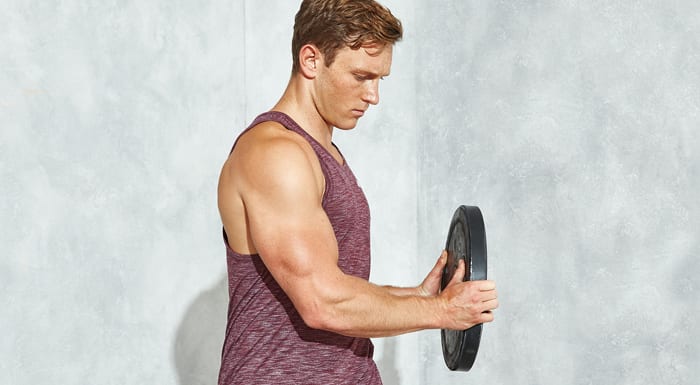
Barbell and dumbbell pressing is the most effective way to build your shoulders because although it focuses on the anterior head of the deltoid, it also involves the other two, and it allows you to push heavy weights without risking injury.
After working on presses, aim to finish shoulder workout days on single-joint movements. This will see you target the front, middle and rear delts heads. You’ve put in the strengthening work with your lower rep high weight pressing, now comes the higher rep targets in order to end your session with muscle fatiguing that will leave your muscles pumped.
Combine two of the below presses with three of the alternative delts exercises to finish.
Machine Shoulder (Military) Press
Arnold Dumbbell Press
Dumbbell Shoulder Press
Upright Barbell Row
Seated Bent-Over Rear Delt Raise
Side Lateral Raise
Standing Front Barbell Raise Over Head
Front Cable Raise
Reverse Machine Fly

Related Articles

